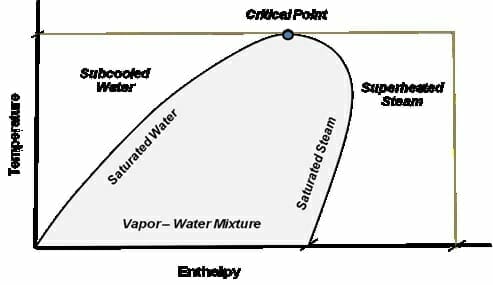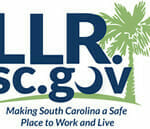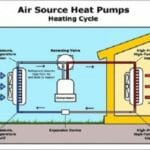- Course No E – 1478
- PDH Units 11.00
No data found for Custom Course Number
No data found for Custom Course Units
- Course No E – 1478
- PDH Units 11.00
Intended Audience: all engineers
PDH UNITS: 11
In this course, you will get introduced to phases of water, key distinctions between the phases of water, Thermodynamics associated with the phase transition. You will learn basic calculations associated with latent and sensible heat assessment. You will get introduced to the critical point and the triple point. The significance of these two points and their differences are illustrated through a pressure – temperature graph. Relevance between the law of conservation of energy and the some of the mainstream thermodynamic system analysis equations is validated through derivation of the SFEE, Steady Flow Energy Equation, for closed and open thermodynamic systems. Some of the more common thermodynamic processes are defined and explained on the basis of practical thermodynamic system examples. The Carnot and Rankin Heat Engine Cycles are explained and their differences are highlighted. The practical significance and application of Rankin Cycle is described and illustrated through temperature-entropy, pressure-enthalpy and enthalpy-entropy diagrams or graphs. Types of steam turbines and associated operating principles are explained. Application of thermodynamic principles, analytical methods, strategy, techniques and equations is illustrated through a capstone case study that spans from ice to superheated steam, and subsequent generation of electrical power through a steam turbine. This course caters to engineers of all disciplines, as well as technicians, facilities managers and executives who are not intimately familiar with thermodynamics principles and practices. The course is based on the text titled Thermodynamics Made Simple for Energy Engineers,” by S. Bobby Rauf, Fairmont Press, 2010.
Learning Objectives
At the successful conclusion of this course, you’ll be able to identify and discuss:- Phases of water and associated thermodynamics processes
- Critical point, critical properties, and triple point of water
- Laws of thermodynamics and associated formulas
- Mainstream thermodynamic processes
- Heat engine cycles
- Steam turbines – Single Stage and Multi-stage
- Temperature-enthalpy diagrams
- Pressure-enthalpy diagrams
- Pressure-volume diagrams
- Temperature-entropy diagrams
- Applications of laws of thermodynamics and associated case study
- Heat engine cycle performance illustration through temperature-enthalpy diagrams,
- Pressure-enthalpy diagrams, pressure-volume diagrams and enthalpy-entropy diagrams
- Familiarization with phases of water and thermodynamics processes associated with the transition from one phase to another
- Better understanding of sensible heat versus latent heat and associated heat calculation methods
- Better understanding of critical point versus triple point
- Better appreciation of the composition and derivation of the SFEE. Better grasp of the SFEE for Open Thermodynamic Systems and Closed thermodynamic systems
- Knowledge about the relationship between work, specific work, power and mass flow rate
- Familiarization with the basic heat engine cycles and their performance, aided by pertinent graphs
Once completed, your order and certificate of completion will be available in your profile when you’re logged in to the site.










